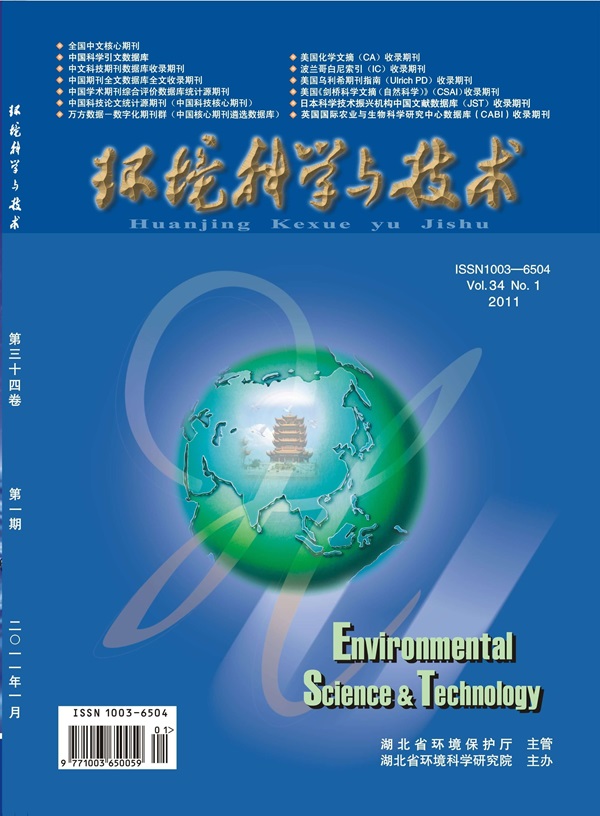Uncovering the Impacts of 2D and 3D Urbanization on Urban Heat Islands in 384 Chinese Cities
IF 10.8
1区 环境科学与生态学
Q1 ENGINEERING, ENVIRONMENTAL
引用次数: 0
Abstract
Rapid urbanization in China has exacerbated the urban heat island (UHI) effect, posing considerable challenges to urban sustainability and public health. Most UHI studies have focused on the impacts of two-dimensional (2D) urbanization, which involves outward city expansion and increased built-up area. However, as cities mature, they typically transition from horizontal expansion to vertical densification (3D urbanization), leading to increased material stock density. The implications of this shift for the UHI effect remain underexplored. This study compared the 2D and 3D urbanization–induced impacts on UHI across 384 Chinese cities from 2000 to 2020, using impervious surface and gridded material stocks. Our results surprisingly indicated that 2D urbanization lost explanatory power of the UHI intensity when the impervious surface area percentage exceeded 87%. Relative importance analysis utilizing a random forest algorithm revealed that the population, vegetation abundance, and precipitation significantly moderated the effects of 3D urbanization, emphasizing the crucial role of urban green spaces in mitigating thermal stress. This study examined the spatiotemporal dynamics of the UHI effect in China, emphasizing the key role of 3D urbanization. Our findings highlight the urgent need to incorporate 3D urbanization characteristics when devising UHI mitigation strategies.

求助全文
约1分钟内获得全文
求助全文
来源期刊

环境科学与技术
环境科学-工程:环境
CiteScore
17.50
自引率
9.60%
发文量
12359
审稿时长
2.8 months
期刊介绍:
Environmental Science & Technology (ES&T) is a co-sponsored academic and technical magazine by the Hubei Provincial Environmental Protection Bureau and the Hubei Provincial Academy of Environmental Sciences.
Environmental Science & Technology (ES&T) holds the status of Chinese core journals, scientific papers source journals of China, Chinese Science Citation Database source journals, and Chinese Academic Journal Comprehensive Evaluation Database source journals. This publication focuses on the academic field of environmental protection, featuring articles related to environmental protection and technical advancements.
 求助内容:
求助内容: 应助结果提醒方式:
应助结果提醒方式:


